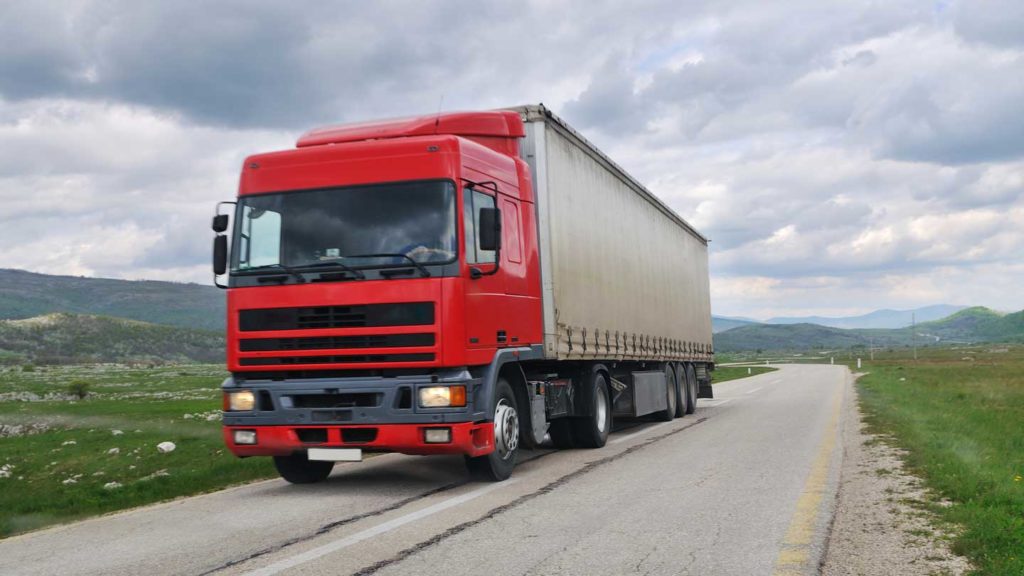Trucking companies’ bottom lines and environmental impact may be improved by increasing fuel economy. Truck drivers may reduce their financial impact and their carbon footprint by optimizing fuel economy.
In this article, we’ll go over several tried-and-true methods for reducing diesel costs that every truck driver should know. We will discuss everything from vehicle upkeep to safe driving practices to optimizing loads and routes and incorporating new technologies.
Using these methods, you may improve your vehicle’s fuel economy, save costs, and speed up delivery times. While trucking to Alaska or any other state, you’ll get benefits from this post.
Vehicle Maintenance
The best fuel economy may be achieved by consistent vehicle maintenance. Underinflated or misaligned tires may increase fuel consumption, so be sure you maintain the correct tire pressure and alignment.
Maintaining your truck’s health also involves scheduling routine maintenance like oil changes and engine tune-ups. A well-maintained engine runs better and burns gasoline more efficiently, which translates to savings at the gas station.
Remember to inspect and change the air filter regularly to maintain optimal engine performance. You can save money on gas and keep your car running smoothly if you take good care of it. Keep in mind that an optimally tuned vehicle uses less gas.
Smart Driving Techniques
Fuel economy may be greatly improved by using safe driving practices. Consistent highway speed lessens the need for frequent acceleration and deceleration, which in turn decreases fuel consumption.
When you park your car for a long time, switch off the engine to prevent it from idling excessively. When traveling on the highway, use the cruise control to keep your speed constant and save gas.
Don’t waste gas on jerky motions; instead, learn to accelerate and decelerate smoothly. To keep traffic moving smoothly and avoid backups, it’s important to plan for moves like merging and changing lanes. You may save money on gas at gas stations by being a cautious driver.
Load Optimization
Saving gas requires careful consideration of your load. Inadequate weight distribution may raise energy costs. Weight distribution is essential while loading a vehicle, so be sure to stack heavy things lower and lighter ones higher.
Loading your vehicle to its maximum capacity is not only unsafe, but also wastes gasoline. Think about installing trailer skirts or tail fairings to cut down on wind resistance.
Remove visual clutter from the side of your vehicle by stowing the mirrors when they’re not in use. Saving money on gas is as simple as optimizing your load and decreasing aerodynamic drag.
Route Planning
Planning your journey efficiently is crucial for saving gas money. Find the quickest, least congested routes by using a GPS or a route optimizer. When possible, avoid driving in regions with high traffic or road construction.
You can maintain your engine in peak condition and reduce idle time with some careful route planning. Consider the route’s topography and elevation variations, selecting gentler ground if possible.
An increase in fuel consumption may occur at high elevations and during severe climbs. You may stop for breaks and refilling at convenient rest stops along your journey without having to deviate too much from your original plan.
Technology and Tools
Adopting technology and methods that reduce fuel consumption may have a major effect on MPG. You might increase your fuel efficiency by reducing wind resistance with aerodynamic gadgets like side skirts.
Long durations of idling may be avoided, and fuel and emissions can be reduced with the help of idle reduction technologies. Investigate fuel-tracking applications and gadgets, which keep tabs on your driving patterns and provide you suggestions on how to save gas.
You may find ways to improve your vehicle’s gas mileage while trucking to Alaska with the use of these instruments. You may save a lot of money on gas by taking advantage of modern technological advancements.
Conclusion
Improving a truck’s fuel economy has positive outcomes for the driver, the environment, and the bottom line. You may drastically reduce your fuel expenditures by following the advice in this piece.
In addition to boosting profits, these measures will help make the transportation business more environmentally friendly and long-lasting. Now is the time to put these fuel-saving strategies into action and reap the financial and environmental benefits.



